New York Fed President John Williams cautioned that the inflationary effects of new US tariffs could be “more prolonged” than initially anticipated.
In an interview with Yahoo Finance, Williams emphasized that while the immediate price increases are expected, the true impact of tariffs “might not be fully felt for a couple of years.”
He stressed the importance of monitoring not just the direct price changes, but also the “indirect effects” that ripple through the broader economy over time.
“It is still early days to be able to come to a concrete conclusion around this,” Williams said, noting that Fed will need to remain open-minded about “how long these last in terms of their effects on inflation and the economy.”




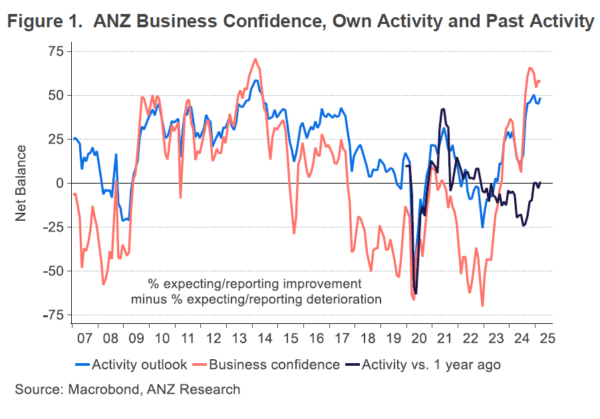
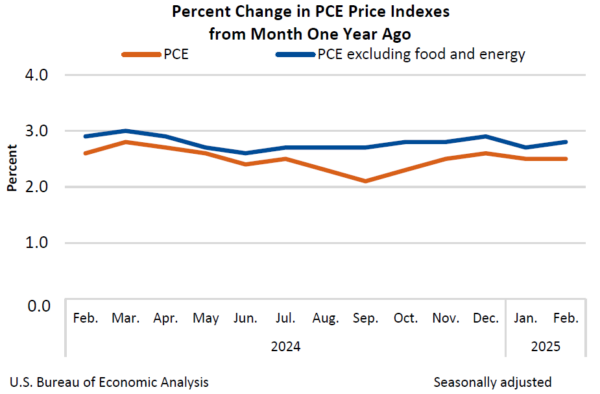
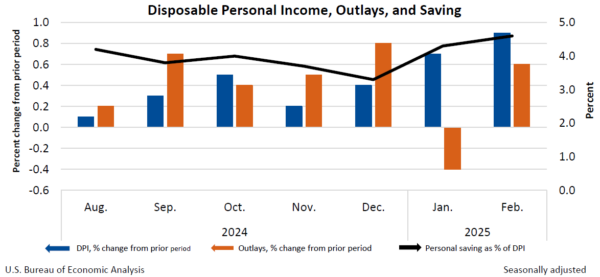
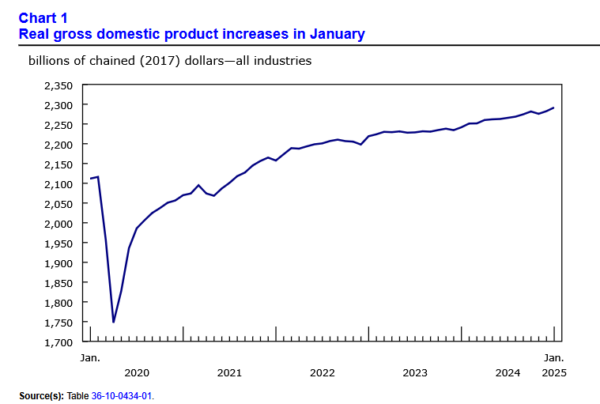
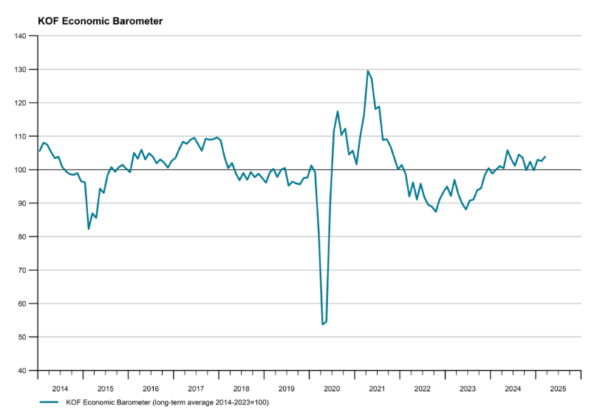
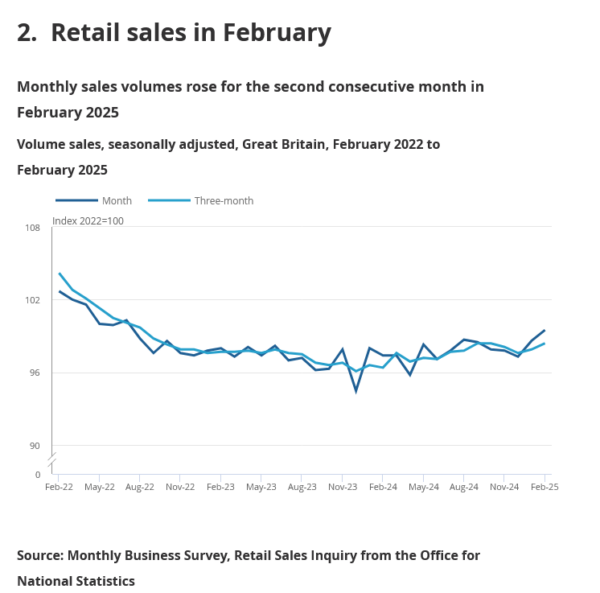
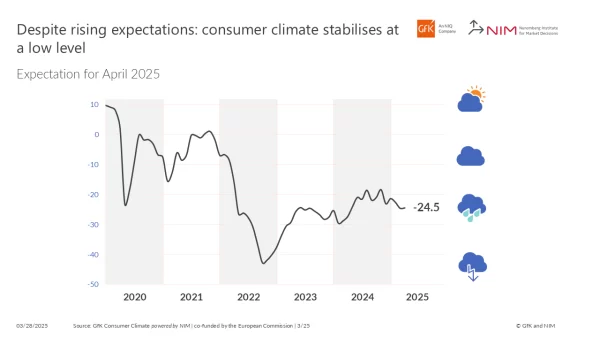
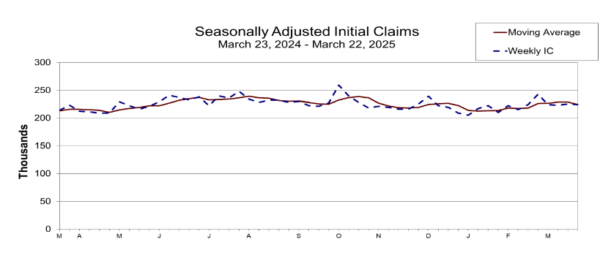
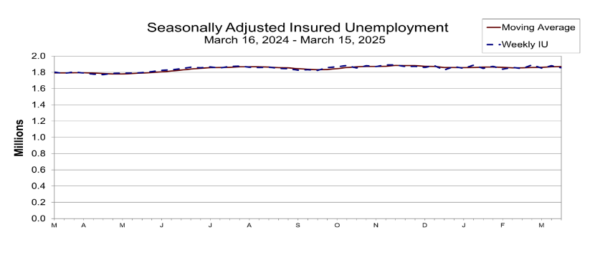

Fed’s Barkin: Tariffs create dual risks for inflation and jobs
Richmond Fed President Thomas Barkin highlighted growing concerns over the economic impact of the Trump administration’s upcoming tariffs. He told CNBC that the tariffs could both stoke inflation and weigh on the labor market.
“Call me nervous on both,” Barkin said, signaling that the path forward for monetary policy remains highly data-dependent.
Barkin emphasized “there’s a lot of uncertainty right now, and I think that makes the case for wait and see how this plays out.”